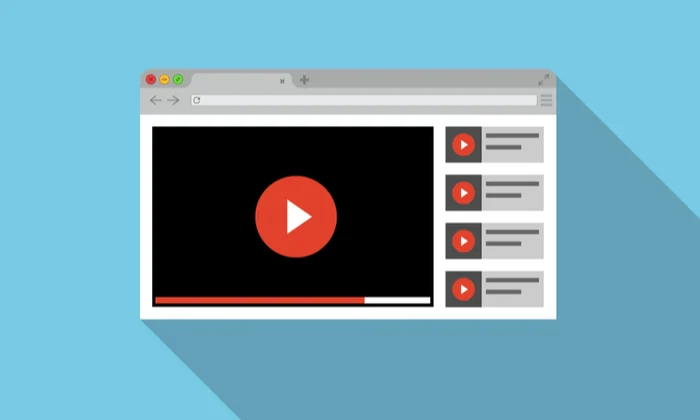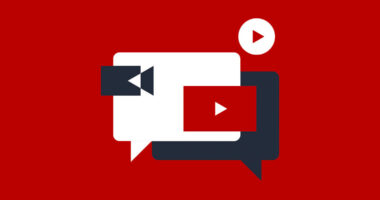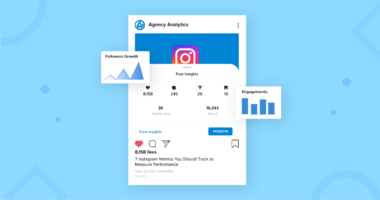Every day, people all over the world view over 1 billion hours of YouTube videos, ranging from cat videos to cat videos. The YouTube algorithm is the recommendation engine that determines which videos are recommended to YouTube’s 2 billion-plus subscribers.
Understanding the YouTube algorithm is critical for the success of your channel as a video provider. With over two billion users and one billion hours of watched videos, the site attracts a large audience.
We’ll go over what the algorithm is (and isn’t), the most recent adjustments for 2021, and how the professionals use YouTube’s search and discovery tools to push videos in front of viewers in this blog article.
What is YouTube Algorithm
It’s a YouTube algorithm that determines which videos should appear in search results. It also aids in the placement of videos on the platform for people to watch and click on. As a result, the material on your home page differs from that on someone else’s feed.
All of this is made possible by YouTube’s algorithm.

How YouTube Algorithm Works
You must create high-quality content that connects with your audience in order to keep viewers informed and attract new subscribers.
Optimize your videos for SEO to enhance the odds of YouTube suggesting them. You must assist people find your videos when they search in a keyword or phrase in the same way that you optimise a blog with keywords.
The Youtube algorithm has two objectives. To select the right videos for each user and keep them viewing or participating. Understanding the YouTube algorithm is essential for managing this. It is conceivable. Take a look at the suggestions below.
Home Page Algorithm
When a user opens their YouTube app or goes to youtube.com, the YouTube algorithm recommends a variety of videos that it believes the user would enjoy.
Click Through Rate: average view length, average percentage seen, likes, dislikes, and audience surveys are all indicators used by YouTube to assess success. After you submit a movie, the algorithm exposes it to a few people on their homepages, and if it appeals to, engages, and fulfills those viewers (i.e., they click on it, watch it all the way through, like it, share it, and so on), it is presented to more and more users on their homepages.
YouTube’s personalization implies that it shows viewers videos that it feels are relevant to their interests based on their previous behaviour, or watch history. If a person like specific themes or watches a lot of a given channel, they will be served more of the same. This component is also affected by changes in behaviour throughout time, as a person’s interests and affinities change.
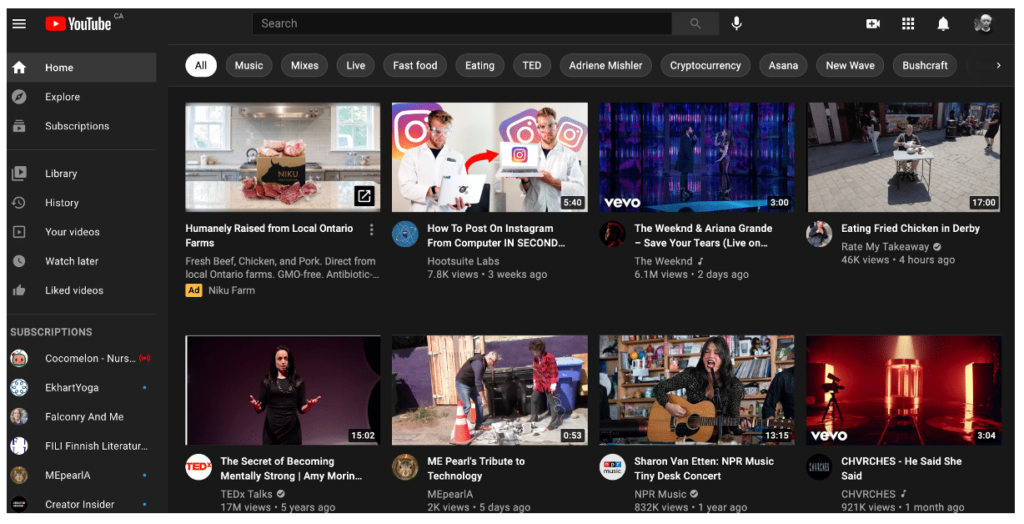
Suggested Video Algorithm
YouTube takes somewhat different factors into account when suggesting videos for users to watch next. After a visitor has seen a few videos during their stay, the algorithm has a better sense of what they are interested in today, therefore it displays several alternatives on the right side of the screen:
The algorithm is most likely to recommend in this case, in addition to performance and personalization:
- Videos that are often viewed together
- Videos that are topically relevant
- Videos that the user has already viewed
Pro Tip: For producers, looking at what other videos your audience has seen on YouTube Analytics may help you figure out what larger or similar subjects and hobbies they are interested in.
YouTube Search Algorithm
Because YouTube is both a search engine and a video platform, a basic understanding of SEO is essential.
Keywords: The keywords you provide in your video’s metadata are used by Youtube’s search algorithm to determine what your video is about. If you want your video to appear when people search for laparoscopic surgery videos, you should probably include those two terms. (If you want to learn more about keywords, stay reading.)
After the computer has determined what your video is, it will put that theory to the test by displaying it in search results. Performance (click-through rate, watch duration, likes, survey comments, and so on) becomes crucial at this point. Your video will be seen by even more people if it appeals to and satisfies those searching for your keywords.
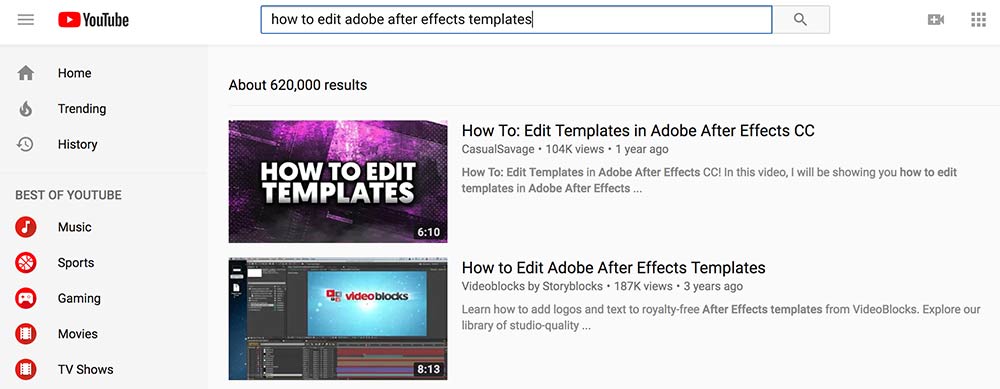
How To Optimize Your Videos For YouTube Algorithm
Videos offer a greater percentage of engagement and can help a company convert more customers.
YouTube is a social media platform that may be used for a variety of purposes, including entertainment, marketing, how-to, content creation, and education.
Use of Relevant Keywords
Consider employing niche-specific keywords as part of your YouTube SEO strategy. For example, if you work in web design, you may make films that show consumers how to build and optimise websites.
It’s also possible to rank for certain keywords. To come up with long-tail or short-tail keywords, use YouTube’s autosuggest function. Consider include keywords in the title, thumbnails, and description of the video.
User Experience
You must evaluate how viewers feel after viewing your channel as a content provider. User interaction, not vanity metrics, is rewarded by the YouTube algorithm. Remember that you’re generating material for your audience, not for the search engines.
Providing timestamps with titles, for example, is one way to improve user experience by allowing users to jump to the portions that are most important to them.
Make Use of a hook
You’ll need a powerful hook to get more people to watch your YouTube videos. It will entice viewers to watch at least half of the content or all of it.
A hook is anything that promises to provide individuals with value. If you’re filming a marketing video, for example, you might start by making a promise to the audience. Subscribers to your channels may rise if your video has a great hook and remains relevant to the user.
Thumbnails
YouTube’s term for how a video entices a viewer to take a risk (albeit a little one) and see something new is “appeal.” To increase the attractiveness of your video, do the following:
Create a unique thumbnail (and keep the visual style consistent across all your thumbnails)
Create an enticing, click-worthy headline. Keep in mind that the first phrase or two of the description will appear in search, so make it engaging and relevant.
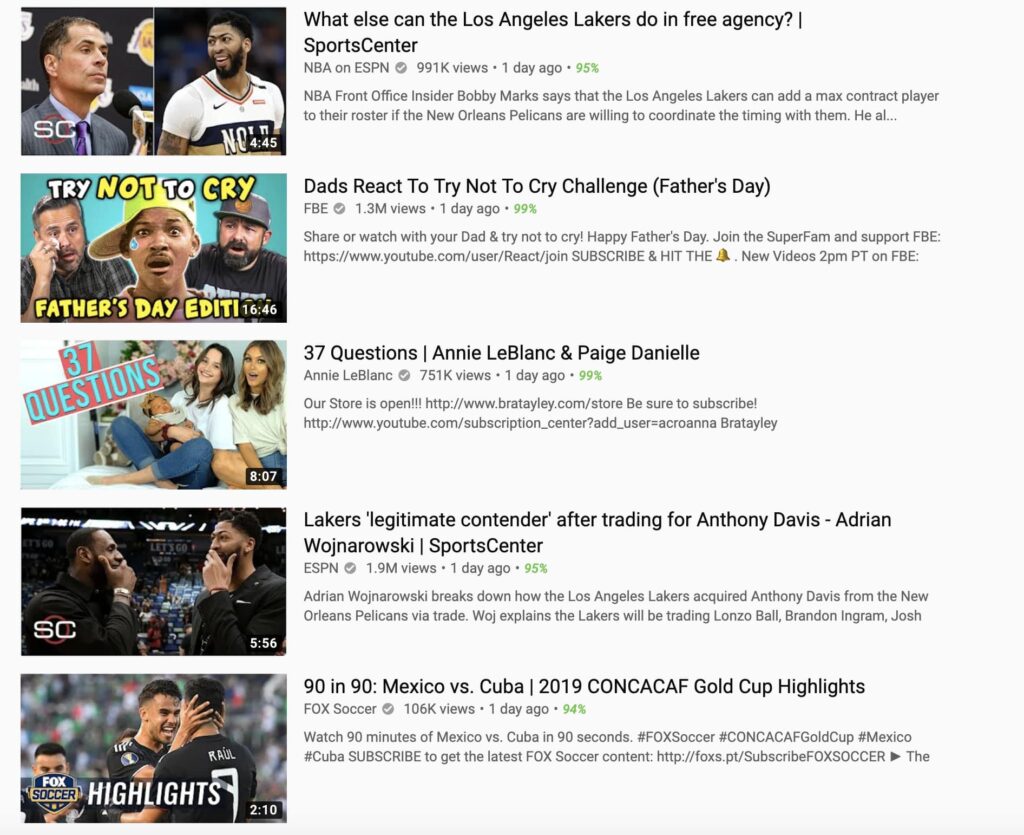
Attract views from other sources
Views that aren’t generated by the YouTube algorithm might nevertheless help you succeed with it.
For example, depending on your plan, YouTube advertisements, external sites, cross-promotion on social media, and collaborations with other channels or companies can all help you get views and subscribers.
The system will not penalise your movie if it receives a lot of off-site traffic.
Include a call-to-action in your message (CTA)
A call to action (CTA) can be a button, a link, or text. To promote a new video, most YouTubers provide clickable links at the conclusion of the video. It also aids in the promotion of other videos on the channel that might benefit the viewers.
You may also provide connections to other social media networks. It allows people who haven’t subscribed to your material to sign up for various choices and receive notifications from you.
Include a description of the video
Include keywords that you are ranking for in your video description. In addition, the video description should provide the audience an idea of what to expect from the video. Before clicking, the viewer will first read the description.
As a result, you’ll want to attract more views by writing compelling descriptions that explain what your video is about.
Publish videos on a regular basis
If your audience connects with your material and your subscriber count rises, you must be constant in your publishing. Assume you’re a travel vlogger who produces video for a variety of places.
You notice that your channel is getting a lot of traffic, and that the majority of your viewers are interested in what you have to say. To keep people interested, your primary objective will be to generate more content.
Conclusion
As a Youtube video creator, you must stay up with the platform’s algorithm updates. Regardless of algorithm modifications, YouTube’s objectives will remain constant. To increase the number of individuals who view and interact with videos.
As platform users, you’ll need to stay on top of these developments in order to attract subscribers and track time spent on your channel. YouTube is aware of the videos that its viewers are watching. As a result, you must provide high-quality content that boosts your vanity metrics.
